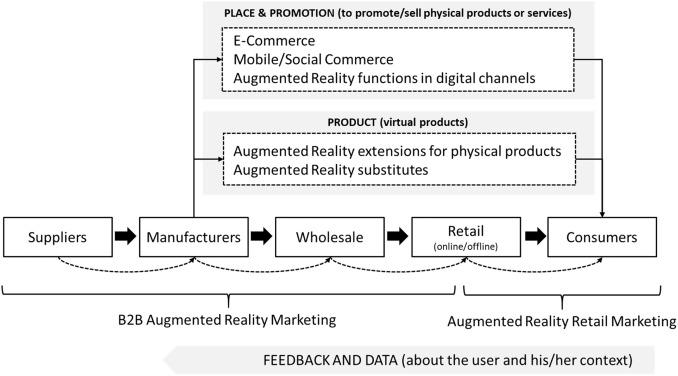Designing Inclusive Curricula for Diverse Learners: Key Strategies for Educational Success
In today’s multicultural and rapidly evolving classrooms, designing inclusive curricula has become an essential component for achieving educational success. Educators are more frequently encountering students from a range of cultural, linguistic, and ability backgrounds. To foster genuine equity in education, it’s crucial to implement teaching strategies and curriculum designs that serve all students.In this article, we’ll explore actionable approaches for creating inclusive curricula for diverse learners, discuss their benefits, and provide practical tips for successful implementation.
What Does an Inclusive Curriculum Mean?
An inclusive curriculum refers to a learning framework that acknowledges, respects, and addresses the wide spectrum of differences found in today’s classrooms—be they differences in ability, language, culture, socio-economic status, or learning preferences. Designing such curricula means crafting lesson plans, assessments, and activities that are accessible and meaningful to every student.
Why Inclusive Curriculum Design Matters
- Promotes Equity: Ensures all students have access to the same high-quality learning opportunities.
- Boosts Engagement: Students are more likely to participate when they feel seen and valued in the learning process.
- Addresses Diverse Needs: Supports academic, social, and emotional advancement for all learners, including students with disabilities or english language learners.
- Prepares Global citizens: Fosters respect and understanding for cultural and individual differences, preparing students for success in a diverse society.
Key Strategies for Designing Inclusive Curricula
Implementing inclusive curriculum design isn’t a one-size-fits-all process. The following strategies can help educators create learning environments were every student thrives.
1.Universal Design for Learning (UDL)
UDL is a framework that guides educators to proactively design learning experiences that cater to the widest range of student needs from the start. This approach emphasizes:
- Multiple Means of Portrayal: Present content in diffrent formats—text, audio, visuals, and hands-on activities—to accommodate various learning preferences.
- Multiple Means of Engagement: Motivate students by offering choices and relevance in tasks,fostering curiosity and persistence.
- Multiple Means of Action & Expression: Allow students to show their understanding in different ways (e.g., oral reports, written assignments, artistic projects).
2. Culturally Responsive Teaching
Culturally responsive curricula integrate students’ cultural references in every aspect of learning. This strategy includes:
- Incorporating literature,examples,and histories from diverse cultures.
- Encouraging students to share their backgrounds and experiences.
- Providing materials in multiple languages where possible.
3. Differentiated Instruction
Differentiation means tailoring instruction to meet individual needs. Teachers achieve this by:
- Varying content complexity based on student readiness levels.
- Offering choice in how students demonstrate understanding.
- Utilizing small-group and individualized instruction when necessary.
4. Accessible technology Integration
Leveraging edtech tools can break down barriers and support inclusivity. Key considerations include:
- Using screen readers, captioned videos, or voice-to-text for students with disabilities.
- Providing interactive and adaptive learning platforms that adjust to learner progress.
- Offering class materials in digital formats for easier access and personalization.
5. Collaborative Learning Habitat
Inclusive curricula thrive in collaborative classrooms, where students learn from each other’s differences. Encourage:
- Group work and peer tutoring opportunities.
- Classroom discussions that value varied perspectives.
- Student-led projects that draw on diverse talents and backgrounds.
Practical Tips for Inclusive Curriculum Implementation
- Audit your Curriculum: Regularly review teaching materials and assessments for bias or exclusivity.
- Gather Student Input: Solicit feedback from students about their interests, experiences, and needs.
- Ongoing Professional Development: Stay current with best practices for inclusive education through workshops, courses, and professional communities.
- Parent & Community Engagement: Involve families and local organizations in curriculum planning for broader perspectives.
Benefits of Inclusive Curriculum Design
Implementing inclusive education strategies and designing curricula that accommodate diversity offer a host of benefits:
- Improved academic performance and reduced achievement gaps
- Greater confidence, self-esteem, and sense of belonging among students
- Increased cultural competence for all learners
- Stronger classroom relationships and a positive school climate
Case Study: inclusive Curriculum Success
sunrise Middle School in California adopted a universally designed, culturally responsive curriculum across its grade levels.Teachers collaborated to diversify reading lists, offer assignments with flexible components, and use technology to adapt learning materials. after two years, the school reported:
- A 15% increase in standardized test scores among students with learning disabilities
- Improved attendance and engagement rates school-wide
- Higher student satisfaction and lower disciplinary incidents
This real-world example highlights that inclusive curriculum design directly contributes to educational success for all.
First-Hand Insights: Teacher Perspectives
“Adapting my lesson plans with universal design for Learning not only supported my students with disabilities but also helped my high-achieving students stretch their thinking further. Everyone felt included,and classroom discussions became more dynamic and respectful.”
“bringing students’ cultural stories into our reading sessions allowed them to see their lives reflected in what we learned.Participation blossomed, and even the most reserved students started contributing.”
Conclusion: Fostering Success through Inclusive Curriculum Design
Designing inclusive curricula for diverse learners is more than a trend—it’s a necessity for truly effective education. By incorporating strategies like Universal Design for Learning, differentiated instruction, and culturally responsive teaching, educators can ensure that lessons are accessible and meaningful to everyone. The journey toward inclusivity requires commitment, reflection, and a willingness to learn alongside students. Schools that embrace these principles not only close achievement gaps but also prepare students to thrive in a diverse, interconnected world.
Start small: audit your current materials, seek your students’ voices, and integrate new strategies step by step. The path to educational success for all begins with the will to include and empower every learner.

